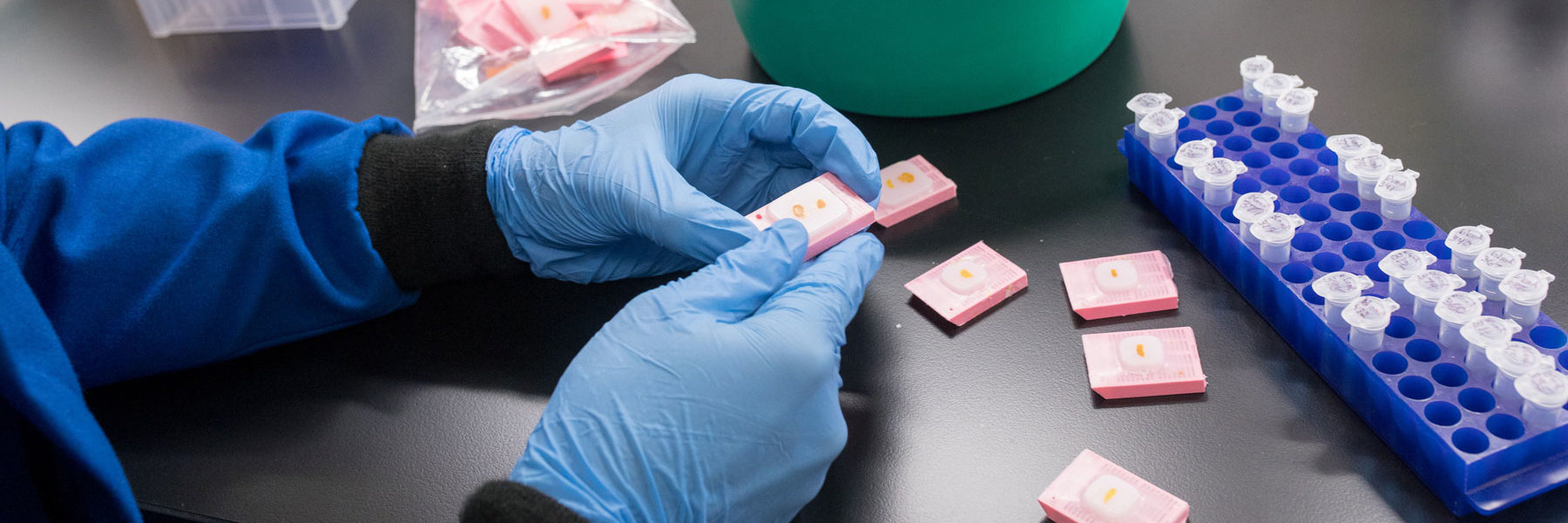Mitochondrial mutagenesis

We are addicted to energy. Whether it’s protein synthesis, autophagy or signal transduction, almost every biological process is driven by the consumption of energy. Most of this energy is generated by mitochondria, small tubular organelles that are frequently called the powerhouses of our cells. To optimize energy production, mitochondria carry their own genome (mtDNA), a small, circular molecule that encodes 13 protein products, all of which play a role in ATP synthesis. Accordingly, loss or mutation of mtDNA invariably affects energy production, which is particularly harmful to cells with high energy demands such as neurons and muscle fibers. Most diseases that are caused by mtDNA instability are therefore characterized by some form of neuromuscular dysfunction. In children, the optic nerve is especially sensitive to mtDNA instability. For example, several point mutations in the mitochondrial genome cause Leber’s Hereditary Optic Neuropathy (LHON), which causes acute loss of vision due to degeneration of retinal ganglion cells. Other point mutations, deletions or overt loss of mtDNA molecules may result in premature deafness, myopathy or severe encephalomyopathy. MtDNA instability also affects aging adults. As we grow older, mtDNA mutations accumulate in our cells and disable the metabolism of neurons and muscle fibers, which contributes to age-related neurodegeneration and muscle wasting, particularly in Parkinson’s disease. It is further important to note that even though the majority of the pathology caused by mtDNA instability occurs in highly metabolic post-mitotic cells, other cell types may be affected as well. For example, loss or mutation of mtDNA molecules in the pancreas is an important source of diabetes, while mtDNA mutations in tumor cells can enhance the metastatic potential of cancers. Thus, the impact of mtDNA instability on human aging and disease is well documented; however, no child has ever been cured or successfully treated for an inherited mtDNA disease, nor does a treatment exist for the mtDNA component of age-related diseases. Our long-term goal is to solve this problem. To do so, we are generating new models of mtDNA disease in worms and mice to identify novel treatments for mtDNA diseases and to understand the spatio-temporal dynamics of mutation accumulation in living organisms.
Recent Publications
Vermulst M, Bielas JH, Kujoth GC, Ladiges WG, Rabinovitch PS, Prolla TA and Loeb LA. (2007) Mitochondrial point mutations do not limit the natural lifespan of mice. Nature Genetics 39, 540-543. PMID: 17334366
Associated Commentary: Mitochondrial DNA mutations and aging: a case closed? Konstantin Khrapko and Jan Vijg. (2007) Nature Genetics 39, 445-446.
Vermulst M, Wanagat J, Kujoth GC, Bielas JH, Rabinovitch PS, Prolla TA and Loeb LA. (2008) DNA deletions and clonal mutations drive premature aging in mitochondrial mutator mice. Nature Genetics 40, 392-394. PMID: 18311139
Vermulst M, Bielas, JH and Loeb, LA. (2008) Quantification of mutation in the mitochondrial genome. Methods 46, 263‐268. PMID: 18948200. PMCID:PMC2615251
Dai D, Santana LF, Vermulst M, Tomazeva DM, Emond MJ, Macoss MJ, Gollahon K, Martin GM, Loeb LA, Ladiges WC and Rabinovitch PS (2009). Overexpression of catalase targeted to mitochondria attenuates murine cardiac aging. Circulation 119, 2789-2797. PMID: 19451351. PMCID: PMC2858759
Vermulst M, Wanagat J and Loeb LA. (2009) On mitochondria, mutations, and methodology. Cell Metabolism 10, 437. PMID: 19945399
Chen HC*, Vermulst M*, Wang YE, Prolla TA, McCaffery MJ and Chan DC. (2010) Mitochondrial fusion is required for mtDNA stability and tolerance of mtDNA mutations. Cell 141, 280‐289. PMID: 20403324. PMCID: PMC2858759 * equal contributors
S. Haroon, A. Li, C. Fritsch, N. Ericson, J. Alexander-Floyd, B.P. Braeckman, C. Haynes, J. Bielas, T. Gidalevitz, M. Vermulst. Multiple molecular mechanisms rescue mtDNA disease in C. elegans. Cell Reports, Mar 20;22(12):3115-3125. PMID: 29562168

